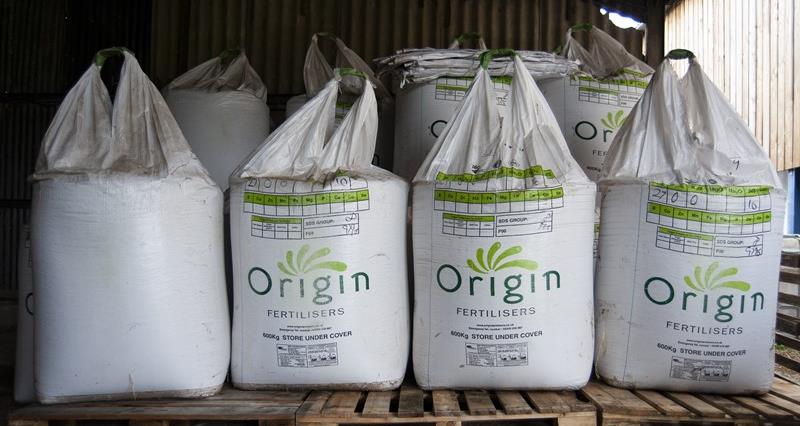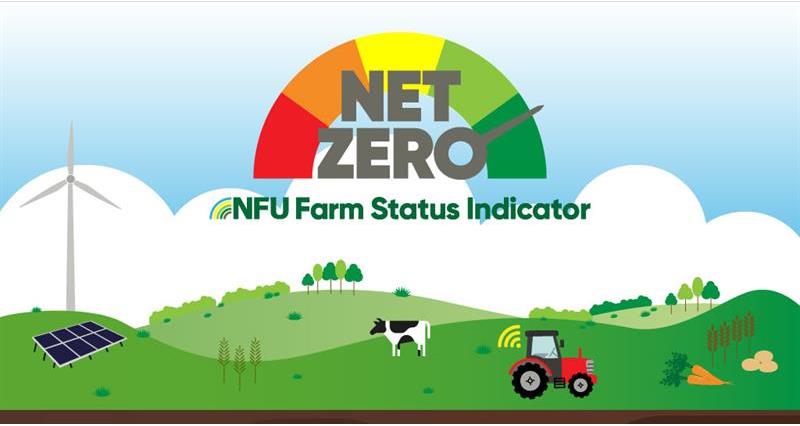Currently, the large-scale 'Haber-Bosch' process for making ammonia uses natural gas as the source of both the energy and hydrogen required to create it. This vast industry is responsible for approximately 1.8% of global CO2 emissions and 1.8% of global energy usage.
With most of the world’s ammonia used for fertiliser production, it is critically important to find alternative low-carbon ways of meeting future agricultural needs. New technologies are being developed for the small-scale local production of 'green ammonia', which could potentially create opportunities for farmers to make their own fertiliser on farm.Â
Decarbonising Ammonia
The two most likely options for decarbonising ammonia production are:
- Blue ammonia – a low-carbon form of ammonia, produced by conventional means with carbon capture and storage.
- Green ammonia – a zero carbon form of ammonia, produced via electrolysis of water and powered by sustainable energy.
While blue ammonia has the potential to reduce emissions associated with production by 60-85%, the carbon capture technology has been slow to progress.
Green ammonia appears to be more promising in the long term, especially as the costs of both clean power and the ‘electrolysers’ required to make hydrogen continue to fall.

Image taken with permission from The Royal Society from:
What opportunities does Green Ammonia provide us?Â
Alongside reducing the carbon impact of fertiliser, green ammonia also has potential as a zero-carbon fuel and a way to store and transport chemical energy. Therefore, it could play a role in decarbonising a range of industries, including transport, power, heat, and energy storage.
Particularly exciting for agriculture is the prospect of replacing or reducing the complexity and size of Haber-Bosch production plants so that ammonia and fertiliser could be made at large or small scale on site wherever there is a surplus of renewable electricity.
Global Investment
Companies such as Fortescue Future Industries in Australia are developing green ammonia manufacturing plants around the world. Investments in green ammonia are also underway in Europe, specifically in the UK and Norway.Â
Initially, the newly produced green ammonia could replace the ‘grey’ high-carbon ammonia that is currently used in the fertiliser and chemicals sectors worldwide. This would make use of the established infrastructure for ammonia shipping and handling.
As long as these new uses for ammonia are managed carefully to avoid increasing its well-known environmental risks, there could be exciting opportunities for this common gas in a net zero economy – and we look forward to farmers and growers benefitting as a result.



